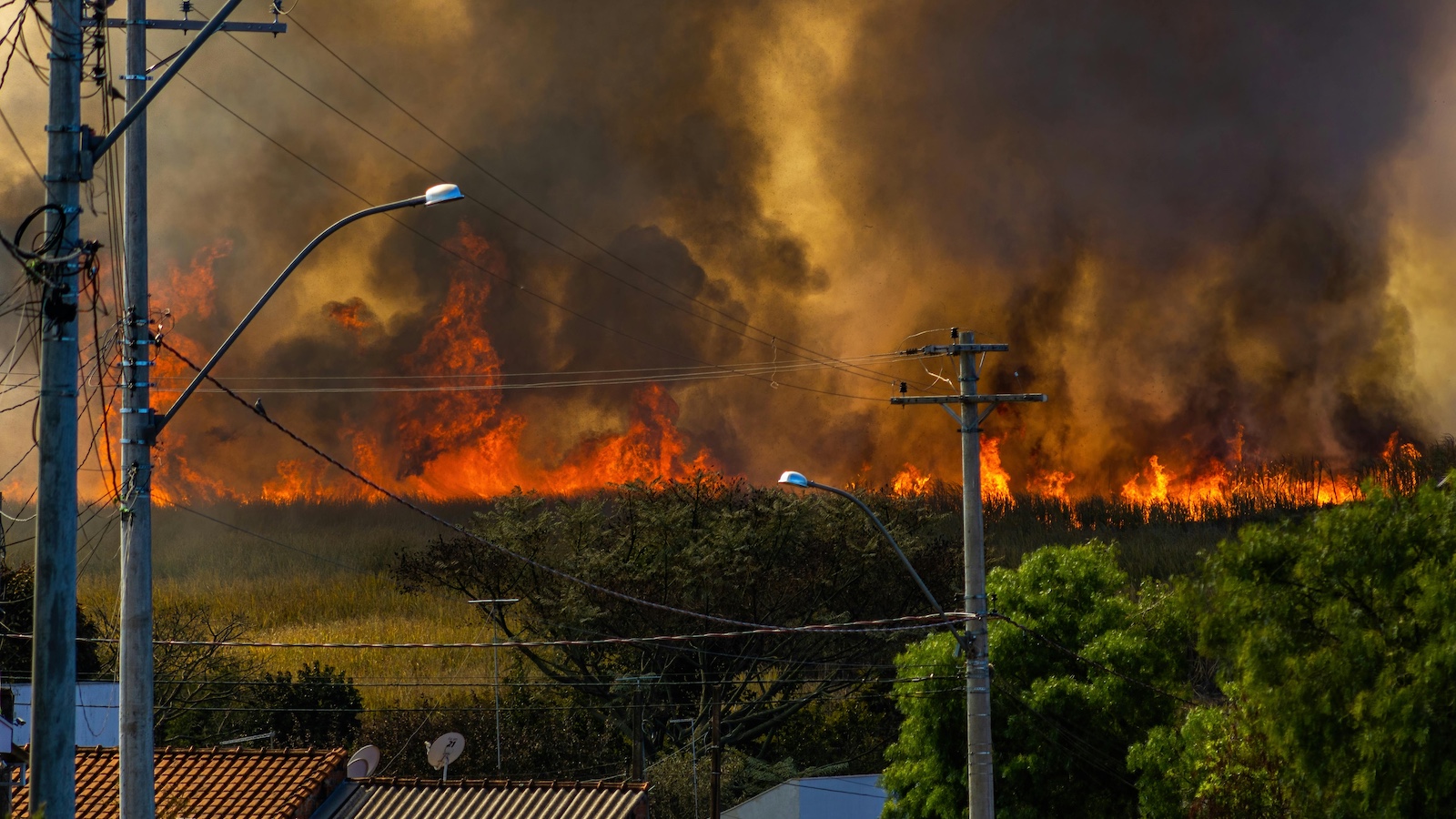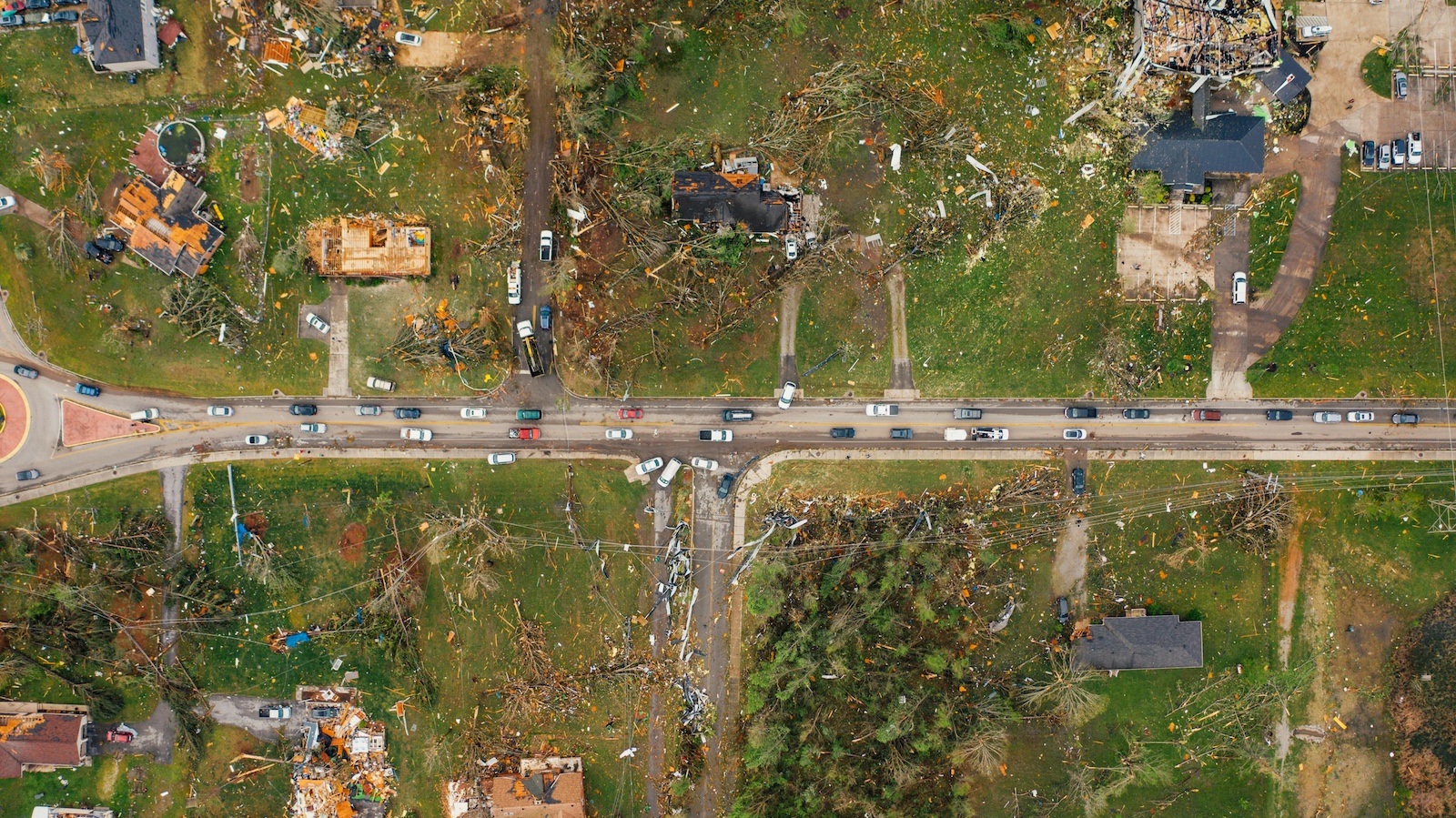Many commentators have labeled COVID-19 a black swan event. Nassim Taleb popularized the expression, defining such an event as impossible to predict, having a major effect and seeming obvious in hindsight.
Yet, there were clear warnings from credible institutions. Three examples stand out, showing the crisis should not have been a complete surprise.
Epidemiologists had warned in the 2019 Global Preparedness Monitoring Board report that the chances of a global pandemic were growing and that the world was unprepared for a fast-moving, virulent respiratory pathogen pandemic.
The latest U.K. National Risk register identified pandemic influenza as a top high-impact, high-likelihood event.
Then, last October, the U.S.-based Center for Health Security organized an eerily prophetic pandemic simulation involving a coronavirus similar to COVID-19.
Can we still call COVID-19 a black swan when all those warnings were missed?
If COVID-19 is no black swan
The grey rhino, a term coined by Michele Wucker, is a cross between black swans and elephants in the room. Contrary to the low-probability black swan, the grey rhino is a high-impact, high-probability event usually ignored for various reasons. Climate change is a typical example, which until recently was discounted by investors, policy makers, corporations and wider society.
The grey rhino theory has many attractions. Rather than focusing on hindsight, it asks whether we will do something about an obvious problem. The theory embraces the fact that many things that go wrong in business, policy and our personal lives are avoidable, if only we had paid enough attention. It recognizes that the issue is generally not a case of if but when.
Your black swan may be someone else’s white swan
Having diverse, multi-disciplinary boards can ensure a less blinkered review of risks, especially if the organizational culture values the input of the Tenth Man (or Devil’s Advocate).
Groupthink allows statements such as “impossible to predict,” so a risk register review by external advisers is a good idea, bringing fresh perspectives. War-gaming and red-teaming are also useful techniques successfully imported from battlefield to boardroom.
The past informs our predictions of the future
An extensive historical review, going back to 1000 AD, underpins the taxonomy of threats behind the work of the Cambridge Centre for Risk Studies and its established Lloyd’s City Risk Index. Obviously, new threats (such as drones) need to be factored in.
Modeling allows us to go beyond the historical record. For climate change, general circulation models, in particular, are used to model the whole of the atmosphere and ocean system and are key in understanding how global warming is affecting the scale, intensity and frequency of extreme events like floods or tropical cyclones. Scenario planning is another useful technique to communicate the results of complex models to the public and decision makers.
See also: Risks Facing the Tokyo Olympics
The real black swans -- the “unknown unknowns”
The best strategy to plan for these may be to maintain a constant state of preparedness, irrespective of the specific nature of the threat.
Increasing our threat-agnostic resilience could be a good investment, allowing citizens, corporations and governments to prepare for a national crisis without knowing exactly what the contingencies will be.
Recognizing that crises should be expected rather than the exception, robust business continuity plans are a sure way of improving resilience – designed properly, tested and updated regularly, they could prove versatile and may be your best insurance against the next black swan.
Learn to better spot grey rhinos
Grey rhinos are more common than black swans. Focusing on spotting them would promote a proactive rather than a fatalist approach to risk. A holistic approach to risk management and resilience is a good way of turning grey rhino risks into opportunities, and corporations can ask their chief risk officers to coordinate a cross-departmental approach. It should be cause for concern that most governments still do not have a national chief risk officer, alongside their chief medical officer and chief scientific officer.








